Experience the rich culture and breathtaking scenery ...
[640],shadow=true,start=,stop=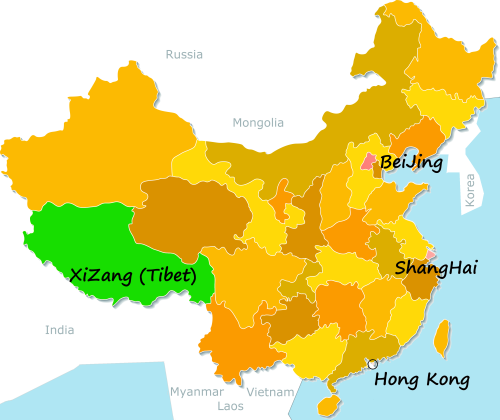
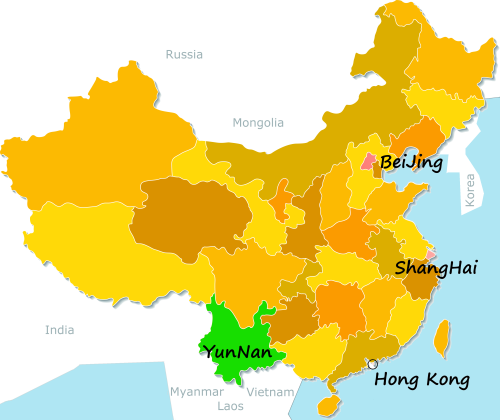
Live more ...
 Exquisite lodges in the most beautiful locations on the Tibetan plateau
Exquisite lodges in the most beautiful locations on the Tibetan plateauExperience the rich culture and breathtaking scenery ...
[640],shadow=true,start=,stop=

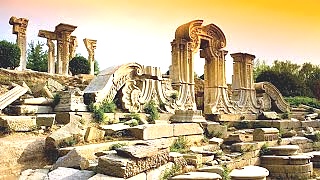
|
A fascinating documentary, in English.
Discover how this place embodied the quintessential Chinese garden arts, and how it came to be destroyed ...
|

|
With Wei's Travel ...
|

|
With Expat Natt ...
Bonus film - ZhuJiaJiao water town, just outside ShangHai (one can travel there by metro) : with Eoin and Aisling ...
|

|
Discarding stress and living in the now.
Being a hostage of ones past, and the fears of the future that it creates, can spoil your life. Don't miss it !
With Ellen Langer and Rich Roll ...
|

|
With Walk East ...
|
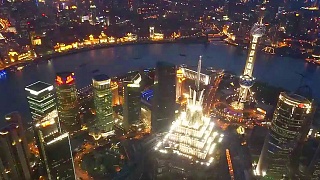
|
Beautiful :)
Filmed by sjohnke
|

|
With Walk East ...
|
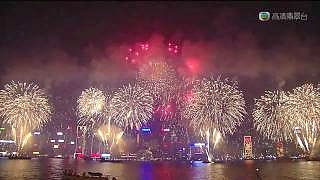
|
Wonderful ...
|